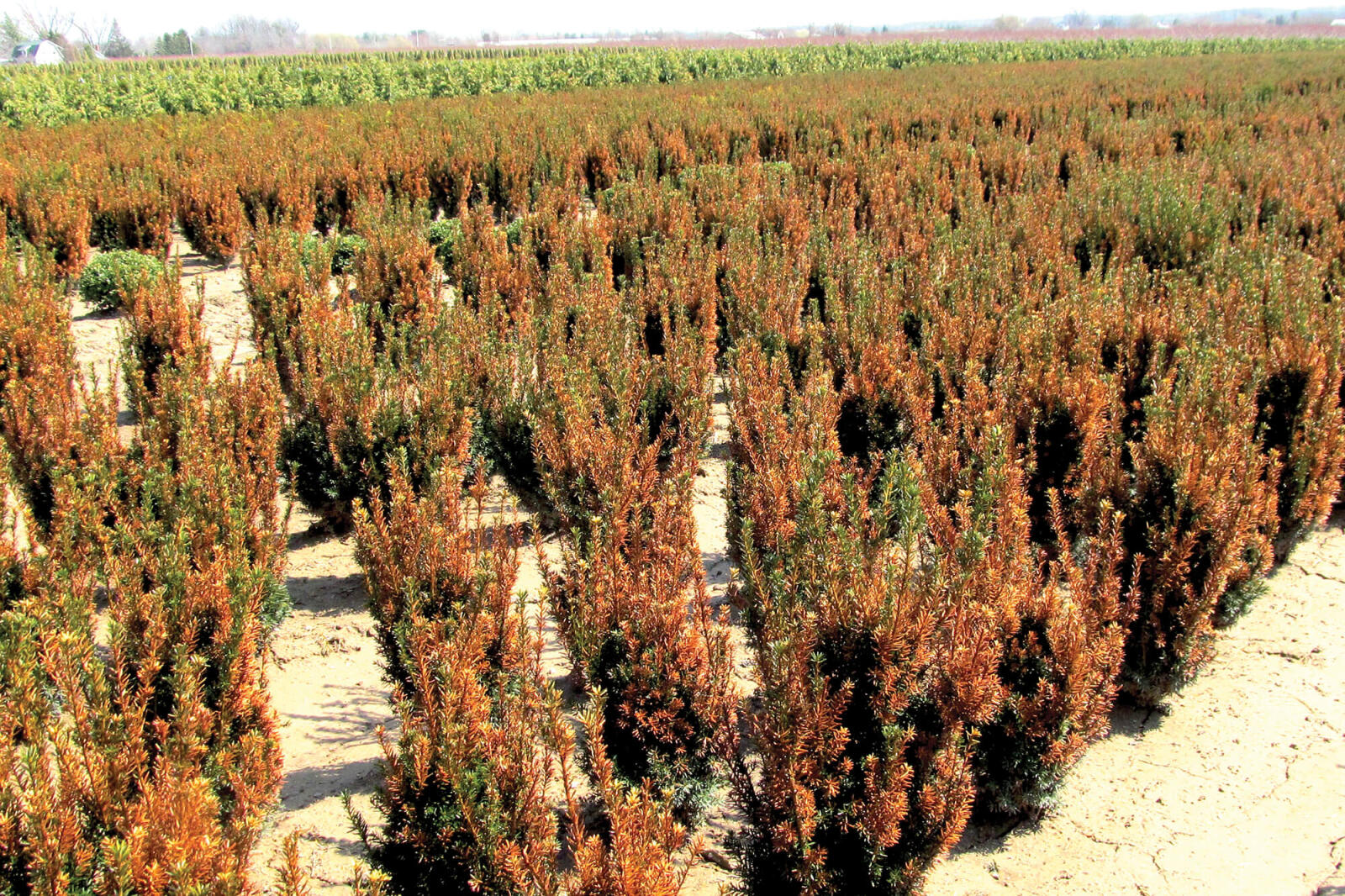
A new business climate is needed in the Greenbelt
By Ted Sikkema
CEO Maple Leaf Nurseries
Jordan Station, Ontario
I was talking with a friend of mine the other day who owns a much larger nursery than ours, and he told me that for next year he was going to raise the prices in his catalogue by 20 per cent.
He, like many of us growers in the Greenbelt, was frustrated that the steadily declining prices for our products has created an increased pressure to move more and more volume just in order to balance the budget each year. He was right. Although we might have one of the best growing climates in Ontario, if we want growers to continue to thrive in the future, we need to start changing the climate in which we do business.
For this reason, I think a serious re-evaluation of grower pricing is overdue.
I realize that growers need to find better and more efficient ways for how they operate, but the scope of the current problem is much greater than the one or two per cent of savings that increased efficiencies usually yield. We need more, because what’s happening in our industry is both unprecedented and unsustainable.
Since the crash in 2008, we have seen the minimum wage go up 40 per cent with another increase of 75 cents per hour coming the first of June this year. On our farm that translates into an additional $300,000 each year, just to do business. On top of this, our major competitors in the U.S. are all paying less than $7.50 per hour for a large portion of their work force. So the price of U.S. goods is set at a rate in which our rising minimum wage makes it increasingly difficult to compete with.
For the last five to six years, we have had to either maintain our prices or, in many cases, drop them simply to compete with the entire surplus inventory from the U.S. It’s a surplus created in part by the economic downturn. But this is just the start of the problem. Although the strong Canadian dollar also helped growers be more competitive in an effort to offset the cheaper U.S. product, that advantage is now gone. In the long run, the weaker Canadian dollar will benefit Canadian growers, except for the next couple of years which will result in a substantial increase to our input costs. For our company, the weaker Canadian dollar will cost just under $100,000 this year, assuming the exchange rate remains relatively stable.
In addition to these financial realities, both of which are out of our control, growers in the Greenbelt also dealt with an incredibly cold winter. The extreme weather has had both a direct and indirect cost to running the farm. The direct costs are easy to understand and to quantify: the heating of our propagation greenhouse, perennial greenhouse, and our low heat cold frame polyhouses have cost us 25 per cent more than it would during the average winter.
The indirect costs, however, are much harder to quantify, but will have a profound impact on our bottom line. Some plant cultivars were damaged to the point where they cannot be shipped in a timely manner, while other plants can only be burned. In the current environment, such added costs from one harsh winter may be enough to push many growers to the brink. Yet this precarious position that many producers find themselves in should be a wake-up call that this is unsustainable.
Producers like Maple Leaf are not alone when it comes to facing the downside of rising operating costs. Higher charges for water, electricity, natural gas, petroleum, labour and taxes seriously erode the bottom line for garden centres and other retailers across the province. Fortunately for this community, some of the sting has been offset by the abundance of cheaply-priced surplus product, both from the U.S. and elsewhere in Canada, often sold at or very close to the cost of production. The prevalent use of deep discount programs forced upon many producers, in order to liquidate their product surpluses and to operate within the highly competitive nature of the business, further thins profit margins to even more inadequate levels.
Many of my peers find themselves in the unenviable position of “having to sell furniture to buy groceries.” This practice is never sustainable and fails to address the root causes that lie behind why so many of us find ourselves in this unhappy boat in the first place.
The green industry needs to turn away from the race to the bottom that has been our operating model for too many years now, and return to the principle of offering our products for sale at a fair and reasonable price that covers our costs today, while generating enough profit to invest meaningfully in labour and equipment for the future. Such investment is critical to our industry if we are to remain healthy and viable for the future.
Without a significant increase in pricing there will be a growing number of farms for sale, as we’ve been seeing in the past several years. If growers don’t start to face up to this, the Greenbelt might just be a little less green in the years to come.